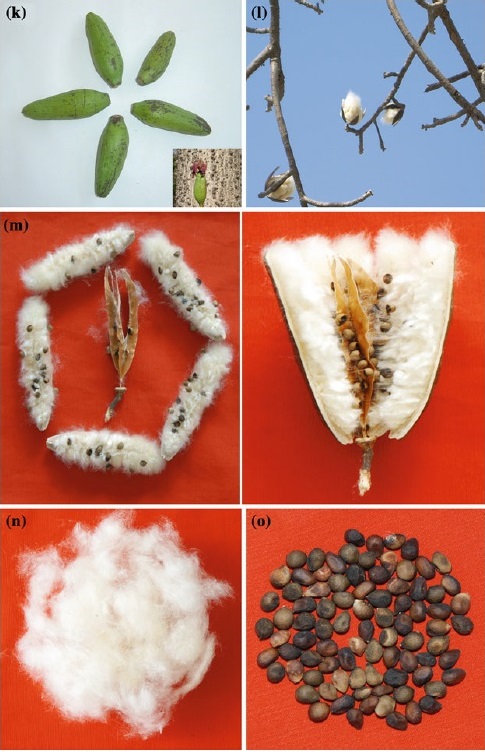
[Thread]
Do you know the connection between the names of an ancient Mauryan queen and a modern tabla virtuoso?
A Facebook user asked me, “What does Tishyarakshita mean? It is the name of a former IAS officer, Tishyarakshita Chatterjee.”
My answer follows.
1/n
Do you know the connection between the names of an ancient Mauryan queen and a modern tabla virtuoso?
A Facebook user asked me, “What does Tishyarakshita mean? It is the name of a former IAS officer, Tishyarakshita Chatterjee.”
My answer follows.
1/n

The name is ‘tiṣyarakṣitā’ (तिष्यरक्षिता), a rare name.
‘Tiṣya’ (तिष्य, “in whom one is pleased or delighted”) and ‘sidhya’ (सिध्य, “in whom [actions] are accomplished”) are both names of the ‘puṣya’ (पुष्य, “he who nourishes or supports [actions]”) asterism.
2/n
‘Tiṣya’ (तिष्य, “in whom one is pleased or delighted”) and ‘sidhya’ (सिध्य, “in whom [actions] are accomplished”) are both names of the ‘puṣya’ (पुष्य, “he who nourishes or supports [actions]”) asterism.
2/n
‘Puṣya’ asterism is γ, δ, and θ Cancri. These names suggest that the asterism was considered very auspicious.
‘rakṣitā’ (रक्षिता) =“she who is protected”.
So, ‘tiṣyarakṣitā’ (तिष्यरक्षिता) = “she who is protected by ‘puṣya’” (तिष्येण पुष्येण रक्षिता तिष्यरक्षिता).
3/n
‘rakṣitā’ (रक्षिता) =“she who is protected”.
So, ‘tiṣyarakṣitā’ (तिष्यरक्षिता) = “she who is protected by ‘puṣya’” (तिष्येण पुष्येण रक्षिता तिष्यरक्षिता).
3/n
This is a good example of a ‘nakṣatra’ name, one of the several names that were (and are) given to a child. It is a good name with a historical connection (see below), but only apt for babies born under the ‘puṣya’ asterism.
4/n
4/n
A very similar name ‘tiṣyarakṣā’ (तिष्यरक्षा), Prakrit form ‘tissarakkhā’ (तिस्सरक्खा), was the name of one of the wives of the Maurya emperor Aśoka. The meaning is the same with a slightly different parsing of the ‘samāsa’ (तिष्येण पुष्येण रक्षा यस्याः सा तिष्यरक्षा).
5/n
5/n
The Prakrit form of this name ‘tissarakkhā’ ends in ‘rakkhā’ (रक्खा), which is seen even today in names like Ramrakkha (rāmarakkhā, रामरक्खा), “protected by Rāma” that one comes across in rural areas.
6/n
6/n
The same Prakrit form is seen in the name Allarakkha (allārakkhā, अल्लारक्खा), the first name of the late tabla virtuoso Ustad Allarakha Khan (spelt अल्लारक्खा in Hindi).
Is it not amazing to see how the name of Aśoka’s wife is connected with that of a modern tabla maestro?
n/n
Is it not amazing to see how the name of Aśoka’s wife is connected with that of a modern tabla maestro?
n/n
• • •
Missing some Tweet in this thread? You can try to
force a refresh









